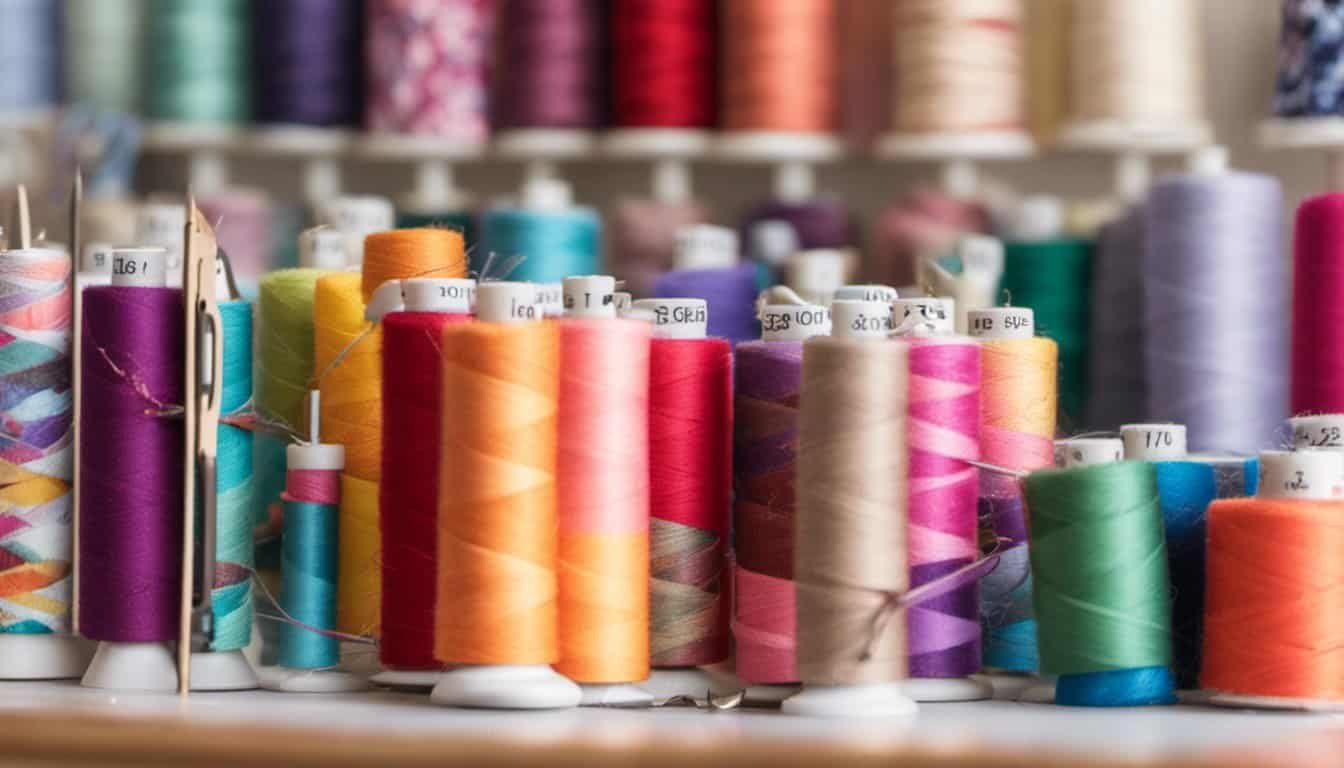Ever found yourself puzzled by sewing jargon? You’re not alone! One term that often leaves beginners scratching their heads is “baste.” It sounds like something you’d do in the kitchen, right? But in the world of sewing, basting is a handy technique that can make your projects come together more smoothly.
Basting involves temporarily stitching pieces of fabric together. These stitches are usually long and easily removable, helping you see how everything fits before you commit to permanent seams. Whether you’re working on a dress, a quilt, or a simple pillowcase, mastering the art of basting can save you time and frustration. Ready to dive in and learn more?
Understanding Basting in Sewing
Basting plays a crucial role in sewing, helping you visualize the fit and placement of fabric pieces before making permanent seams.
What Is Basting?
Basting involves temporarily stitching fabric pieces together with long, loose stitches. These stitches hold layers in place, enabling easy adjustments and alterations. Basting helps save time and effort during the final sewing process, making it a valuable technique for both beginners and advanced sewists.
- Hand Basting: Hand basting uses a needle and thread to create long, loose stitches by hand. This type grants more control over stitch length and placement, useful for delicate fabrics.
- Machine Basting: Machine basting is done using a sewing machine set to a long stitch length, typically 4mm or longer. It’s faster than hand basting and ideal for large projects.
- Diagonal Basting: Diagonal basting involves stitching diagonal lines across fabric, providing extra security for multiple layers. It’s commonly used in quilting to keep fabrics aligned.
- Slip Basting: Slip basting, also known as pin basting, uses pins to temporarily hold fabric together without stitching. It’s suitable for quick fitting adjustments.
You can choose the type based on your specific project needs.
The Importance of Basting
Basting is essential in sewing when you need to create temporary holds and ensure precision.
Basting for Temporary Holds
Basting stitches act as placeholders, securing fabric pieces before the final sewing. Temporary stitches are especially useful when working with slippery or stretchy fabrics. By basting, you can test the fit and make easy adjustments.
Types of temporary holds include:
- Hand Basting: Use long, loose stitches to secure delicate fabrics.
- Machine Basting: Employ your sewing machine for quick, evenly spaced stitches in large projects.
- Pin Basting: Insert pins for immediate adjustments during fittings.
Basting in Precision Sewing
Basting helps maintain accuracy, especially with complex patterns or intricate designs. Temporary stitches ensure that every piece aligns perfectly before committing to permanent seams.
- Diagonal Basting: Work well in quilting to add extra security.
- Slip Basting: Use for attaching trims or working with plaids to keep patterns aligned.
- Tailor’s Basting: Opt for precise placements in tailoring projects to achieve a perfect fit.
How to Baste Fabric
Basting is essential for sewing projects, offering a temporary hold for accurate placements and adjustments.
Tools Needed for Basting
You’ll need a few tools to baste fabric effectively:
- Needle and Thread: Choose a contrasting color to see the stitches easily.
- Basting Tape: Use this for quick, adhesive-based temporary holds.
- Pins: Opt for sharp, long pins suitable for your fabric type.
- Scissors: Keep small, sharp sewing scissors handy.
- Select the Basting Method: Decide based on fabric and project needs. Hand basting works for delicate materials, while machine basting suits larger projects.
- Prepare the Fabric: Lay the fabric flat and smooth out wrinkles.
- Thread the Needle: If hand basting, thread a needle with a contrasting color. For machine basting, set the stitch length to the longest setting.
- Baste the Fabric:
- Hand Basting: Make long, temporary stitches along seam lines. Ensure stitches are evenly spaced.
- Machine Basting: Guide the fabric through the machine, following seam lines with a long stitch.
- Pin Basting: Insert pins at regular intervals along the seam lines, ensuring they lie flat against the fabric.
Following these steps will ensure precise, adjustable fits in your sewing projects.
Common Mistakes and Tips
Mistakes in basting can lead to imprecise seams and poor fitting. Avoid these issues with a few key strategies.
Avoiding Common Basting Errors
- Skipping Fabric Prep
Prepping fabric ensures smooth basting. Wash and iron fabric to remove any wrinkles and shrinkage. Ignoring this step can result in inaccurate basting. - Using Incorrect Tools
Needles, thread, and pins matter in basting. For delicate fabrics, use fine needles and lightweight thread to prevent damage. Heavy fabrics require strong needles and thicker thread for secure basting. - Improper Basting Stitches
Stitch size impacts basting effectiveness. Small stitches in hand basting create secure but difficult-to-remove seams. Large stitches suit machine basting for easy removal. - Misaligned Edges
Precise alignment is crucial. Use pins to hold fabric edges in place before basting. Check alignment frequently while basting to maintain accuracy.
- Choose the Right Method
Hand basting suits delicate fabrics needing careful handling. Machine basting saves time for large projects. Pin basting offers quick adjustments for temporary seams. - Use Contrasting Thread
Visibility of basting stitches is key. Choose a contrasting thread color to easily see and remove basting stitches without damaging the fabric. - Test on Scrap Fabric
Practice basting on a fabric scrap first. It helps determine the right stitch length and tension, preventing issues on the final project. - Maintain Even Tension
Consistent stitch tension is vital. Loose stitches compromise seam security, while overly tight stitches can pucker the fabric.
Stay mindful of these points to enhance your sewing projects. Basting plays a crucial role in achieving polished outcomes.

Conclusion
Mastering the art of basting can truly elevate your sewing projects. By understanding the different methods and using the right tools, you’ll be able to make precise adjustments and achieve a polished finish. Remember to avoid common mistakes and follow the tips provided to ensure your basting is effective. Happy sewing!

















